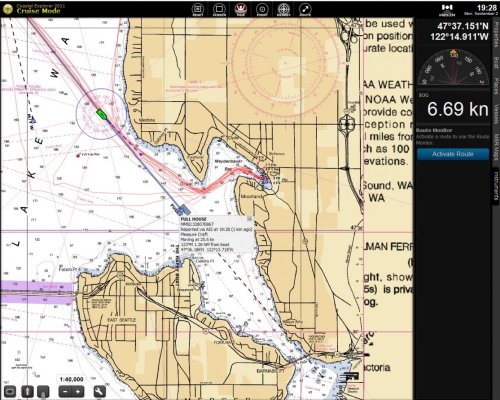My point to the OP is not that one doesn't need AIS or that it's not a useful tool, period. My point is that it's value depends on where one boats and how one boats. If we boated somewhere else or in a different type of boat (as we will soon be doing) AIS could become a very valuable if not essential tool.
For our boating in the PNW, there is no information that AIS provides that we view as being essential to safely operating the boat. If the boat had one already we'd most likely use it, just as we'd use a bow thruster if the boat had one already.
But AIS is not something we feel offers enough additional value to our boating here to warrant the cost and effort to buy and install.
I made the point only because so often with these kinds of things it can be easy for someone new to boating to be made to feel that if they don't have such-and-such a gizmo they shouldn't venture away from the dock. This is not the reality.
For our boating in the PNW, there is no information that AIS provides that we view as being essential to safely operating the boat. If the boat had one already we'd most likely use it, just as we'd use a bow thruster if the boat had one already.
But AIS is not something we feel offers enough additional value to our boating here to warrant the cost and effort to buy and install.
I made the point only because so often with these kinds of things it can be easy for someone new to boating to be made to feel that if they don't have such-and-such a gizmo they shouldn't venture away from the dock. This is not the reality.


